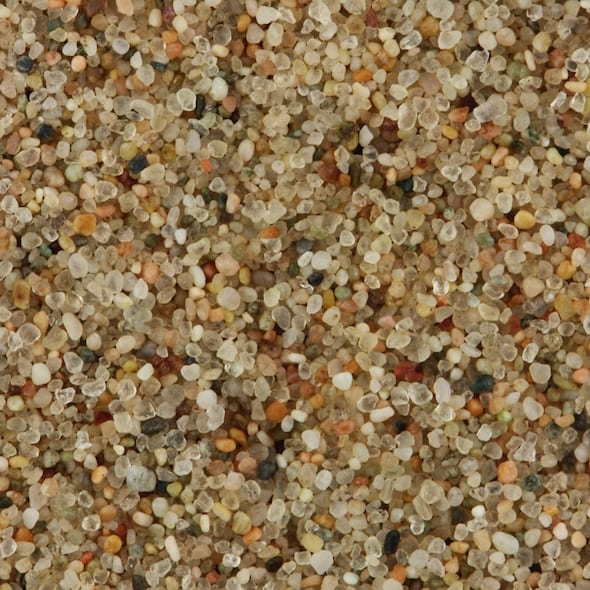An Adelaide-based company has been awarded a $400,000 federal government grant to help launch its patented, sand-based thermal energy storage system onto the international market.
The company, Latent Heat Storage (LHS), developed the low cost thermal energy storage system – known as TESS – based on the latent heat properties of silicon derived from sand, to complement intermittent renewable energy sources like wind and solar.

Developed in conjunction with the University of Adelaide, and Adelaide-based engineering consultancy ammjohn, the TESS stores thermal energy by heating and melting containers full of silicon.
The high latent heat capacity and melting temperature of silicon make it ideal for the storage of large amounts of energy, the company says, with a key benefit of the TESS device being its scalability.
It can provide energy storage on an industrial scale, up to several hundred megawatt hours – enough to power around 7,000 homes for a day; and is also small enough to fit inside a 20-foot shipping container, making it suitable for both on- and off-grid applications.
LHS says that after three years of research and development, the company’s key objective is to complete the construction of a commercial prototype of the TESS device and start showcasing its potential to global markets.
Of course, LHS is not the only company in the world – or Australia – to be experimenting with sand-based energy storage solutions.
In the UAE, a team of researchers at the Masdar Institute of Science and Technology launched a project called Sandstock in late 2013, with the aim of developing a ‘sustainable and low-cost’ gravity-fed solar receiver and storage system, using sand particles as the heat collector, heat transfer and thermal energy storage medium.
And in the US, a similar project is being funded as part of the Department of Energy’s SunShot initiative – in this case, around the development of an innovative two silo sand storage
But according to LHS, its technology differentiates from competitors due to its “impressive” scalability, making it suited to anything from small-scale 500kW applications through to large-scale applications in the hundreds of megawatts.
The technology can also be integrated anywhere within an electricity network, making it suitable for commercial and industrial businesses where both heat and electricity are required – such as hotels,
hospitals, schools and aged care facilities.
The $400,000 commercialisation grant, awarded under the Australian Government’s Entrepreneurs’ Programme, is aimed at helping to get the TESS to international markets.
LHS CEO Jonathan Whalley says it is a significant breakthrough for the company, and will be matched, dollar-for-dollar, by the company’s shareholders, to generate a total of $800,000 in project funding.
“Storage is the next big challenge for energy generation worldwide, so we’re excited at the prospect of developing our thermal energy storage system which provides a real solution to grid instability,” said Whalley.
“Renewable energy sources generally spill energy due to supply and demand mismatches, so we’ve
designed the TESS device to capture this ‘spilt’ energy for later use or release to the grid.
“Our system also means that energy consumers will be able to purchase stored electricity off-peak at low tariffs, which ultimately means cheaper energy.
“The commercial introduction of energy storage systems will help facilitate a larger scale deployment of renewable energy generation such as wind farms and solar arrays, which will have major implications for the reduction of carbon emissions of power generators as a higher proportion of
renewable energy penetrates the grid.
“Importantly, we anticipate that this will result in exponential growth of the energy storage market
worldwide.”








